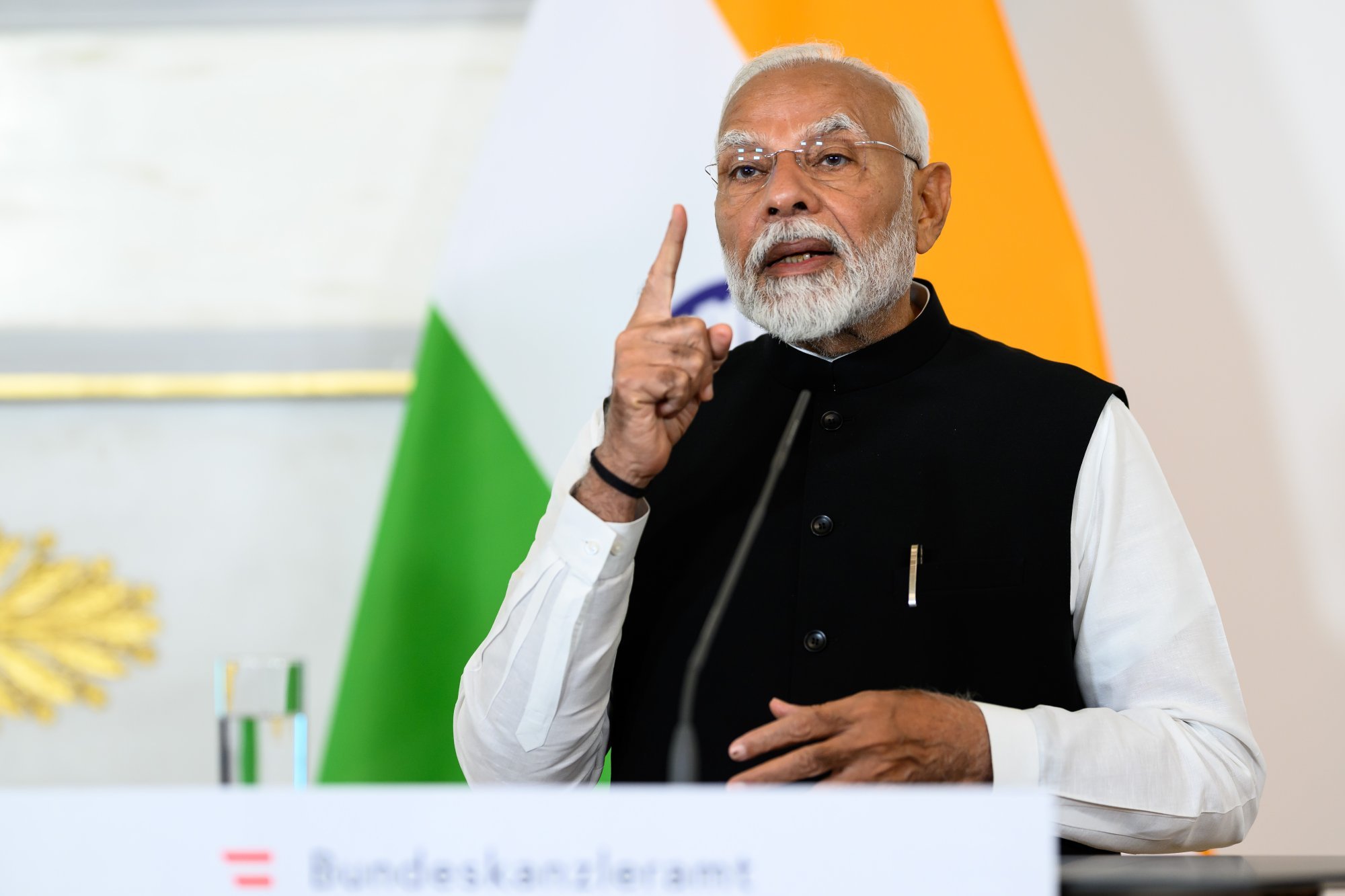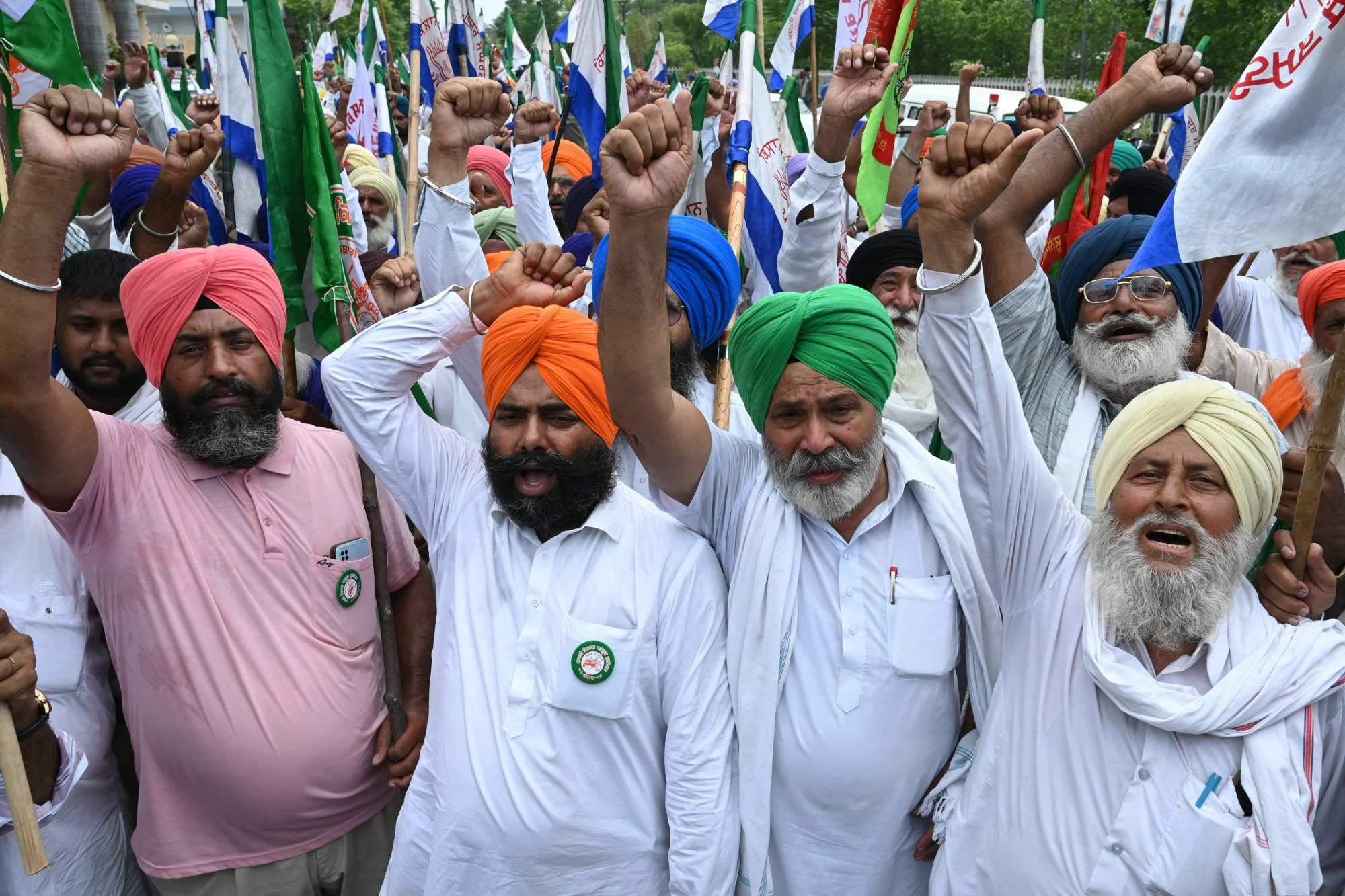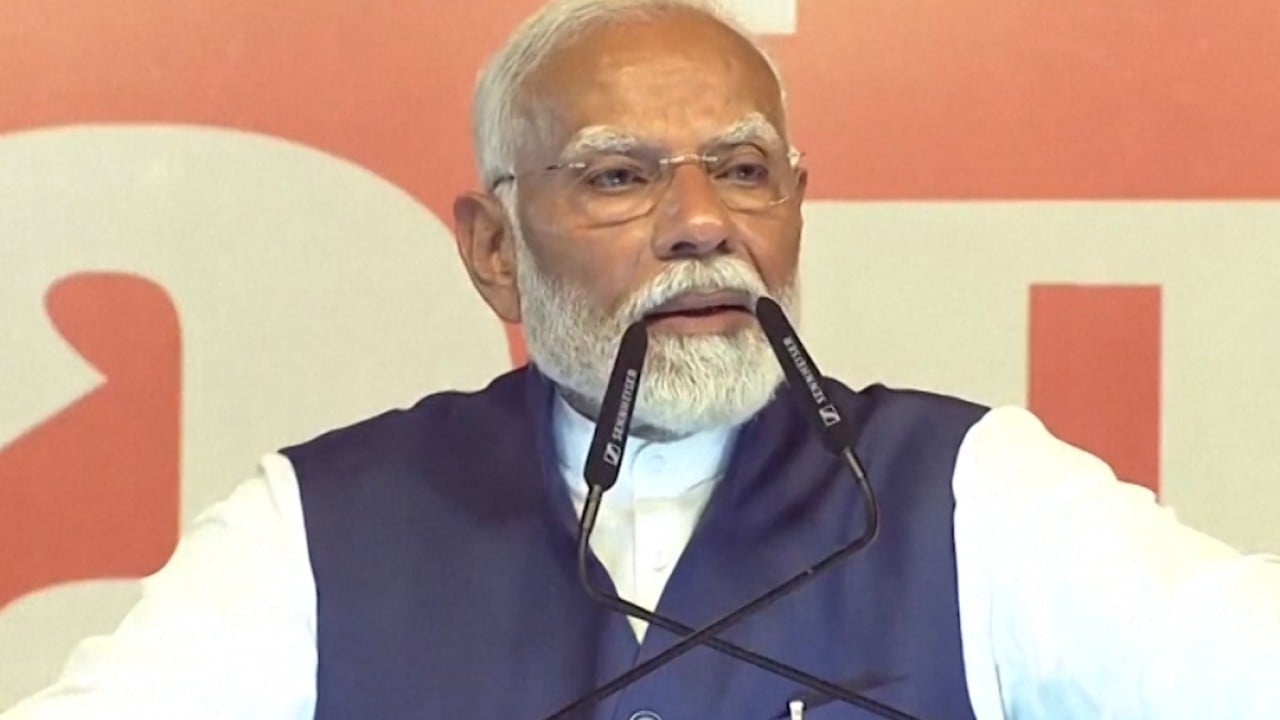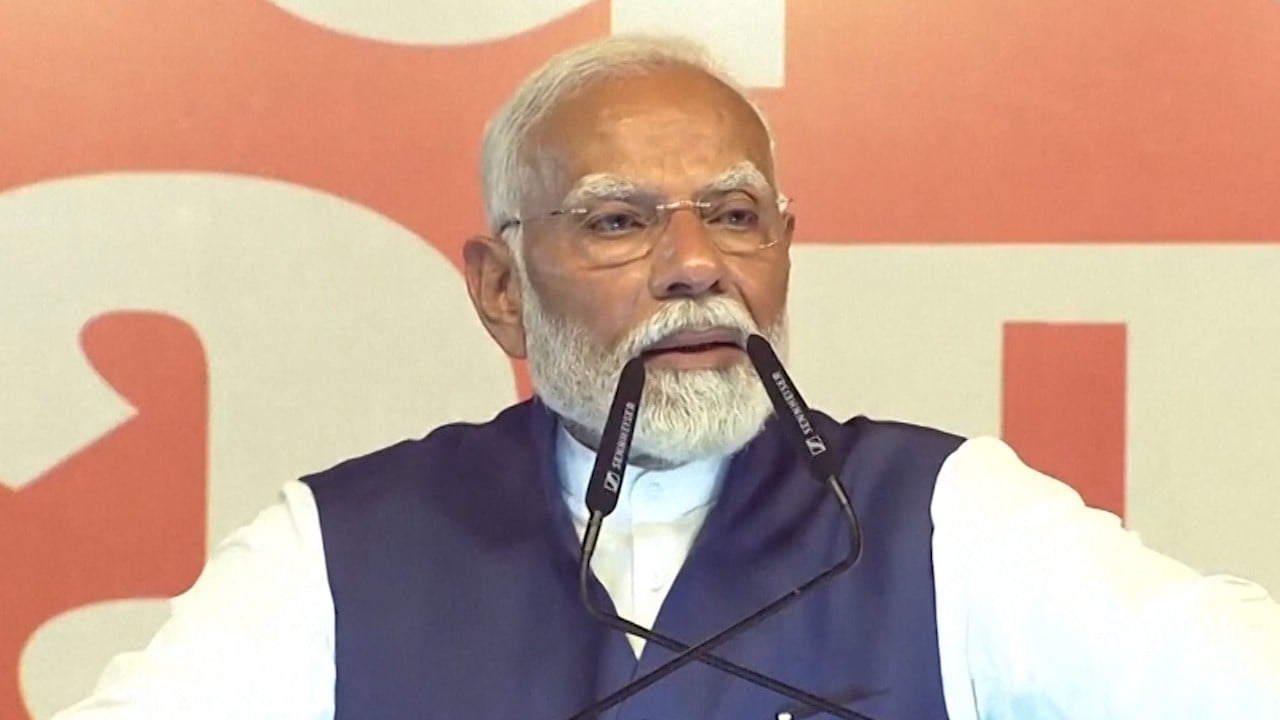Indian Prime Minister Narendra Modi is expected to maintain a focus on long-term growth and not steer the economy towards significant populist welfare spending in the coming budget, despite his party losing its outright majority.
Modi’s ruling Bharatiya Janata Party (BJP) is dependent on coalition allies in the National Democratic Alliance (NDA) following the loss of 63 seats in the April-June elections, which reduced the BJP’s tally to 240 from 303 seats in 2019.
The next federal budget is expected to be introduced at the beginning of the new parliament’s first session on July 22. Electoral losses have sparked concerns over whether Modi would be tempted to give more handouts rather than focus on reforms.
India has emerged as the fastest-growing major economy and a focal point for global investors following steps such as introducing productivity-linked incentives for manufacturing, upgrading roads and airports and maintaining financial discipline.
“The relatively poor showing of Modi and the BJP are partly because the voters are trying to push the government to refocus efforts on the economy and improve the lives and livelihoods of the public,” David Tay, head of Asia country risk at BMI, told a webinar titled “The Modi Operandi: India’s Outlook Post-Election on June 5.”
The BJP fared poorly in states where it tried to push a Hindu nationalist agenda like Uttar Pradesh, where Modi presided over a high-profile opening of a temple to the Hindu god Ram at the site of a disputed mosque in January, according to Tay.

“I think the lesson here that the government will take away is that bread and butter issues are what decide votes,” Tay said, adding that the country was set to remain one of the fastest-growing major economies in the medium term.
The country’s gross domestic product grew by 8.2 per cent in the financial year that ended on March 31, exceeding the government’s 7.6 per cent forecast. India’s economy is expected to overtake Germany and Japan to become the world’s third-largest economy by the end of this decade.
Still, the country’s unemployment rate has remained stubbornly high, especially among younger people and emerged as a key concern for voters in the recent elections. Economists say India’s so-called demographic dividend of having the world’s largest youth pool could become a source of worry unless the nation can create sufficient jobs.
Apart from Hindu nationalism, Modi’s election campaign also focused on rapid economic growth as well as welfare programmes like free food rations. Random interviews by This Week in Asia conducted during the election period showed the cost of living was a key concern among voters.
Jamus Lim, associate professor, associate professor of economics at ESSEC Business School Asia-Pacific, highlighted that India’s sectoral focus has been on services compared with East Asian countries, which have relied on manufacturing as a driver of growth.
“This has limited job opportunities for those who either did not possess a more academic bent or would prefer a less services-oriented career,” he said.

Modi’s election in 2014 to the federal government sparked hopes that he would replicate the success of the manufacturing-centred economic model of his home state Gujarat at the national level.
But the government has been less successful than it would have liked in boosting manufacturing’s share in the economy, Lim said. “It has progressed, but not as rapidly as many had hoped.”
The federal budget would likely introduce more policies such as training programmes for younger Indians to support their transition and balancing political demands against the need for structural reforms, instead of introducing any drastic changes in response to the electoral outcome, he said.
India’s share of manufacturing is around 17 per cent of GDP, and economists say the country needs to aim for the sector’s proportion to increase to about 25 per cent to create more jobs for its youth pool and sustain longer-term growth.
Balancing act
India introduced a policy last year to provide quality and equitable education for ages three to 18, shifting its focus from rote learning to problem-solving with greater emphasis on vocational training that experts say could improve youth employability.
School education in the country, especially in the hinterlands, is often of poor quality which hampers the chances of younger citizens to join the workforce.
Naushad Forbes, a former president of the Confederation of Indian Industry, said the federal budget could make allocations to help implement the New Education Policy at the state level.
“You could have allocations to incentivise states to implement the New Education Policy. That would be a very good way that will help in long-term employment growth, although the benefits will flow after 2029,” he said, referring to the government’s five-year term.
Nearly half of India’s workforce is currently employed in agriculture, a sector that has been plagued by low incomes and poor productivity.
Modi’s proposal to introduce agricultural reforms triggered farmers’ protests in 2021, forcing his government to set them aside. Farmers have long demanded guaranteed prices for their crops, a proposal which the government says would impose an economic burden.
The BJP’s loss of seat share has been partly blamed on weaker support from farmers, sparking concerns about whether Modi would increase handouts to farmers to win them over.
“The point is that if you go by the election verdict … it suggests that the rural distress and youth unemployment may have played a significant role in the slide in number of seats for the BJP and the NDA [National Democratic Alliance ruling coalition],” said Sujan Hajra, group chief economist and executive director at Mumbai-based Anand Rathi Financial Services.

However, such issues did not turn voting sentiment against the BJP in regions such as the Gujarat and Madhya Pradesh states, he noted. “I am not saying that such issues did not matter but it was a national election and there were plots and subplots.”
He noted that the government had introduced welfare programmes even in prior budgets and it would likely do so again without having to significantly increase such allocations.
“The focus of this government has been on making India a manufacturing hub and increasing public capital expenditure. There will be a noticeable increase in revenue spending but it will not abandon the fiscal consolidation process and go for outright populist measures,” he said.
For the current financial year, the government estimates a deficit of 5.1 per cent of GDP. Delhi plans to achieve a deficit of 4.5 per cent in the following 2025-26 financial year.
Other experts concurred that a ballooning of India’s deficit is unlikely.
“We do not expect any significant deviation of the government from fiscal deficit [target],” said Neeraj Seth, CIO and head of APAC fundamental fixed income at BlackRock, told a media briefing on Wednesday.



